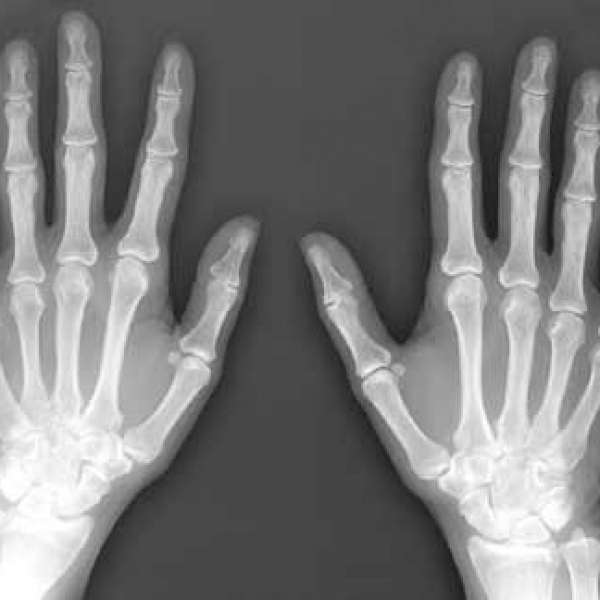Contact Admission
Soft robotic device for unilateral heart failure
Soft robotic device for unilateral heart failure
Researchers at Children's Hospital Boston, USA have developed a novel soft robotic device to support the heart for patients with heart failure. This device combines a soft actuator with a hard splint that penetrates the interventricular wall, allowing a gentle yet powerful pump to one side of the heart without disturbing the activity of the other.

Soft robotic device components have significant potential in minimally invasive cardiovascular aids, helping the diseased heart pump blood by forcing it from the outside. Unlike conventional ventricular aids, this approach does not require a soft robotic device to be heavily exposed to blood, reduces the risk of blood clots and requires anticoagulant therapy.
Medgadget recently reported that a flexible tube can wrap and squeeze a diseased heart, increasing its performance. But what about unilateral heart failure, where only one ventricle is struggling to pump enough blood? This type of heart failure is more common in pediatric patients, in which congenital heart failure can cause the right or left ventricles, but not both ventricles.
In that case, the squeezing of the entire heart could interfere with pumping blood to a healthy ventricle, and the cuffs may not be suitable. To get around this problem, several researchers behind the flexible duct have come up with a new device that targets only one ventricle.
"We combined the rigid splint with the actuator of a soft robotic device in a gentle but sure way, to help the diseased heart chamber effectively pump blood," said Nikolay Vasilyev, a researcher. This rigidity is implanted into the ventricular septum providing resistance against the soft actuators that separate the affected ventricular surface.

As the actuators expand, they push into the ventricular wall and pull out of the septum splint, causing compression in the ventricles, not affecting the other side of the heart. "When the actuator is resting, specially designed elastic bands help the heart's wall return to its original position, filling the chamber with blood," Vasilyev said.
"With the classic use of left ventricular support, there are patients who experience the septum a change in the right direction and then the right ventricular air pump can cause," Vasilyev said. second right heart failure. ”“ Here, the splint keeps the septum in its original position, protecting the health of the right heart from the mechanical load of left ventricular help. ”
The team tested the device in an animal model and it significantly increases the ability of a diseased ventricle to push blood. Currently, the team is working to modify the device to suit the patient.
Source: https: //www.medgadget.coml
Translation summary: Dr. Nguyen Huu Tung et al
Other news
- Therapeutic potential and mechanisms of mesenchymal stem cell-derived exosomes as bioactive materials in tendon–bone healing ( 08:38 - 23/11/2023 )
- Symbol of medicine ( 19:38 - 19/09/2021 )
- The history of the development of medicine worldwide and in Vietnam ( 18:58 - 19/09/2021 )
- Pharmacology in mind ( 08:42 - 04/02/2021 )
- Nitric Oxide and other medical contributions over 2 decades ( 08:19 - 11/12/2020 )
- Scientists Create First Full-Size 3D Printed Human Heart Model ( 09:32 - 10/12/2020 )
- How Many People Need Vaccines to Reach Herd Immunity? ( 09:25 - 10/12/2020 )
- Whitmore's disease increased in Central ( 07:56 - 19/11/2020 )
- Diabetes - the silent killer ( 08:17 - 16/11/2020 )
- Lung cancer may be mistaken for COVID-19 ( 08:30 - 21/10/2020 )








